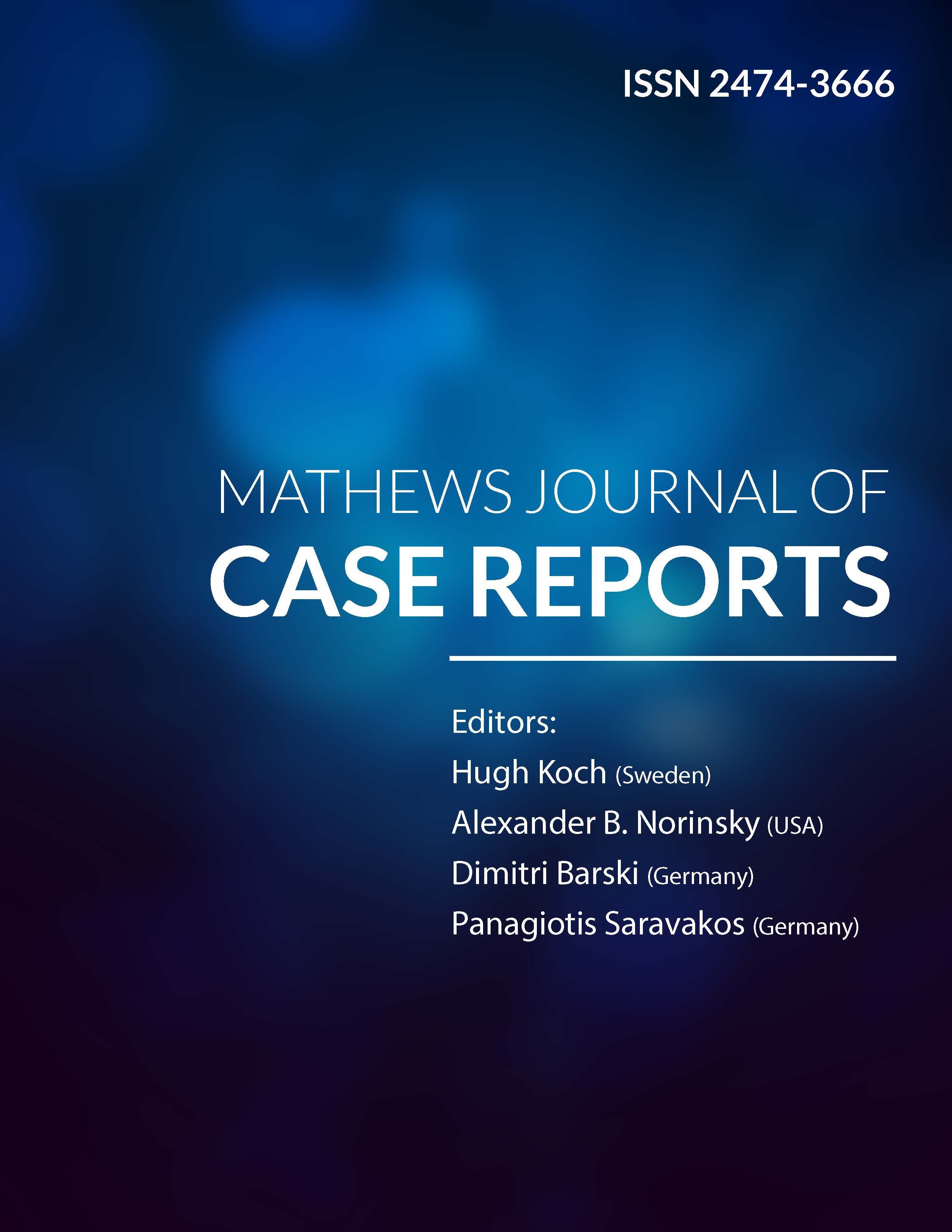
Information Links
Previous Issues Volume 8, Issue 5 - 2023
Efficacy of Acyclovir in the Treatment of Non-HSV Anal Fissure
Ali Farbod1 , Mahshid Dehghan2 , Aisan Akhgari2,* , Ramin Azhough1
Student Research Committee, Tabriz University of Medical Sciences, Tabriz, Iran
Surgery Department, Tabriz University of Medical Sciences, Tabriz, Iran
*Corresponding author: Aisan Akhgari, Student Research Committee, Tabriz University of Medical Sciences, Tabriz, Iran; Tel: +989142958117; Email: [email protected]
Student Research Committee, Tabriz University of Medical Sciences, Tabriz, Iran
Surgery Department, Tabriz University of Medical Sciences, Tabriz, Iran
*Corresponding author: Aisan Akhgari, Student Research Committee, Tabriz University of Medical Sciences, Tabriz, Iran; Tel: +989142958117; Email: [email protected]
Received Date: March 04, 2023
Published Date: April 18, 2023
Citation: Farbod A, et al. (2023). Efficacy of Acyclovir in the Treatment of Non-HSV Anal Fissure. Mathews J Case Rep. 8(5):100.
Copyright: Farbod A, et al. © (2023)
ABSTRACT
Background An anal fissure is a common anorectal disease of adults among both genders. Among STDs, infection with the herpes simplex virus (HSV) is the second most common cause of anal fissures. The treatment of choice in mild HSV is topical acyclovir ointment, and in severe cases, oral acyclovir is prescribed. The objective of this study was to evaluate the efficacy of acyclovir in the treatment of anal fissures in non-HSV patients. Methods In this clinical trial, all the patients diagnosed with anal fissures referred to surgery clinics from October 2021 – to March 2022 were included. Patients were divided into experimental (diltiazem and acyclovir) and control groups (diltiazem-ointment only). We followed up with the patients for one month, and the efficacy of the treatment (symptom relief and recurrence) and patient satisfaction were evaluated by a checklist. Results A total of 120 patients were enrolled. Seventy-five patients were men (75%). The most common symptom was painful defecation reported by all patients, followed by bleeding, constipation, pruritus, and diarrhea. No statistically significant difference was found regarding improvement, recurrence, and no improvement between the two groups (P-value> 0.05). Forty-nine patients in the first group (40.8%) and 43 patients from the second group (35.8%) were satisfied with the treatment, but no statistical difference was found (P-value=0.195). Conclusion Adding acyclovir to the management protocols of anal fissure makes no significant difference compared to using diltiazem alone.
Keywords: Anal Fissure, Acyclovir, Anal Fissure Treatment, Diltiazem